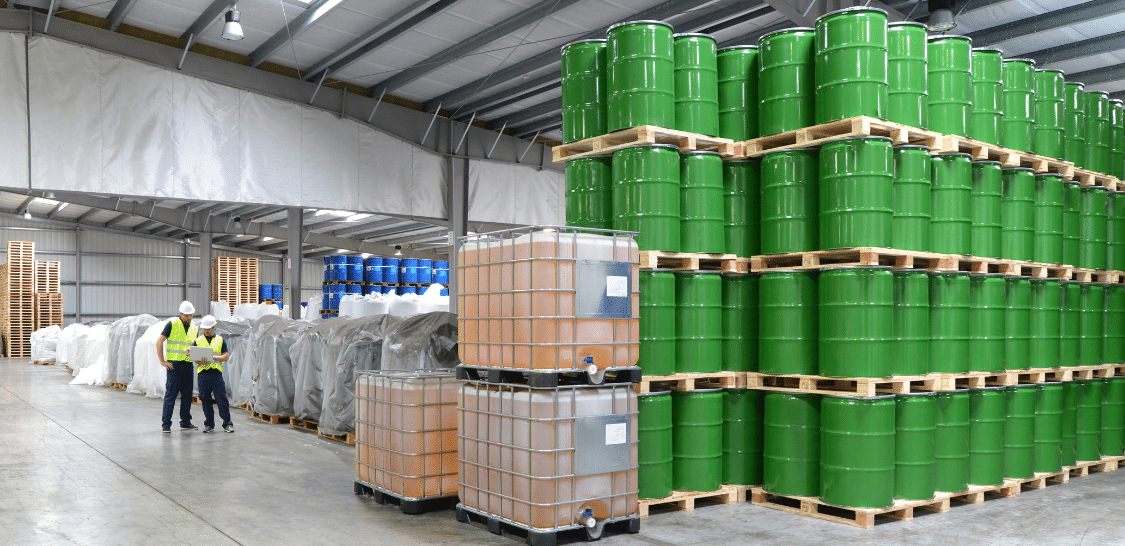Nearly three decades after expiring, the Superfund chemical excise tax is back. This excise tax, which is imposed on certain chemicals and imported chemical substances, was reinstated effective July 1, 2022, as part of the Infrastructure Investment and Jobs Act of November 2021. The Superfund excise tax is currently set to expire on December 31, 2031.
It’s been a while since manufacturers or other affected organizations had to consider this levy, so let’s take a closer look at these excise taxes and how taxpayers can determine applicability and prepare for compliance.
Two separate Superfund excise taxes
There are actually two types of Superfund excise taxes: a tax on the sale or use of chemicals by the manufacturer, producer or importer of those chemicals and a tax on the sale or use of imported substances comprised of more than 20 percent in weight or value of taxable chemicals. The imported substances tax is due upon the first sale or use after import.
Currently, there are 42 taxable chemicals, each with a specified tax rate imposed on a per-ton basis, and 151 taxable substances for which the tax rate is dependent on the substance’s unique chemical composition. There is some ambiguity in the calculation of the tax on substances, but IRS Notice 2021-66 suggests that the default tax calculation will be 10 percent of the assessed import value.
- Key exclusions: Methane and butane are excluded from the tax when used as fuel or in the manufacture or production of any motor fuel, diesel fuel, aviation fuel or jet fuel. Also excluded is any substance derived from coal.
- What about exports? The export of taxable chemicals and substances is exempt from the Superfund excise taxes and is eligible for a refund of any tax paid on the chemical.
- IRS registration: Taxpayers must register with the IRS to take advantage of exemptions.
Reporting Requirements
Superfund excise taxes are reported on Form 6627, Environmental Taxes, which must be attached to Form 720 Quarterly Federal Excise Tax Return. The first reporting of Superfund excise taxes is due October 31, 2022 (for the period July 1, 2022, through September 30, 2022).
Aside from this quarterly filing, taxpayers with a quarterly liability of greater than $2,500 will be required to make semi-monthly tax deposits of at least 95 percent of the net tax liability incurred during the tax period (unless a safe harbor applies). If these deposits are missing, there is temporary relief until March 2023, which includes the third and fourth quarters of 2022 and the first quarter of 2023.
Assess and prepare for Superfund excise tax liability
The Infrastructure Investment and Jobs Act not only reinstated the Superfund excise tax but also expanded its rate and reach. Follow these steps to assess applicability and prepare for compliance:
- Take inventory of chemicals and determine effects on manufacturing processes and product pricing to ascertain business impact and identify tax exposure.
- Identify exempt chemicals and substances under export rules.
- Explore available tools within IT systems/databases to collect data needed to comply with reporting requirements.
The sooner these steps are completed, the more seamless this new reporting and filing will be.
Additional clarification and guidance are expected in the upcoming months. In the meantime, reach out to your RKL advisor with questions or to discuss your company’s specific circumstances.




